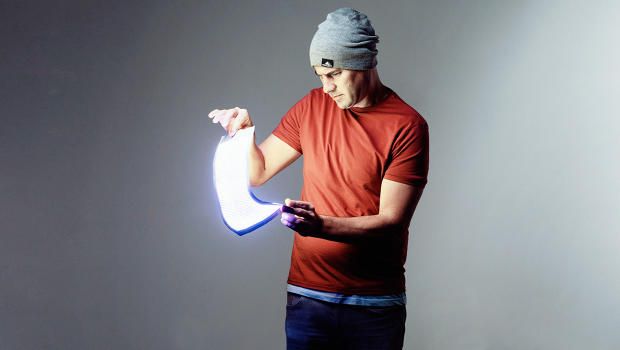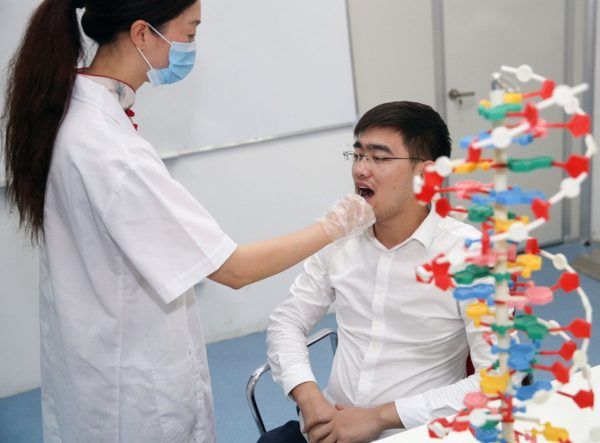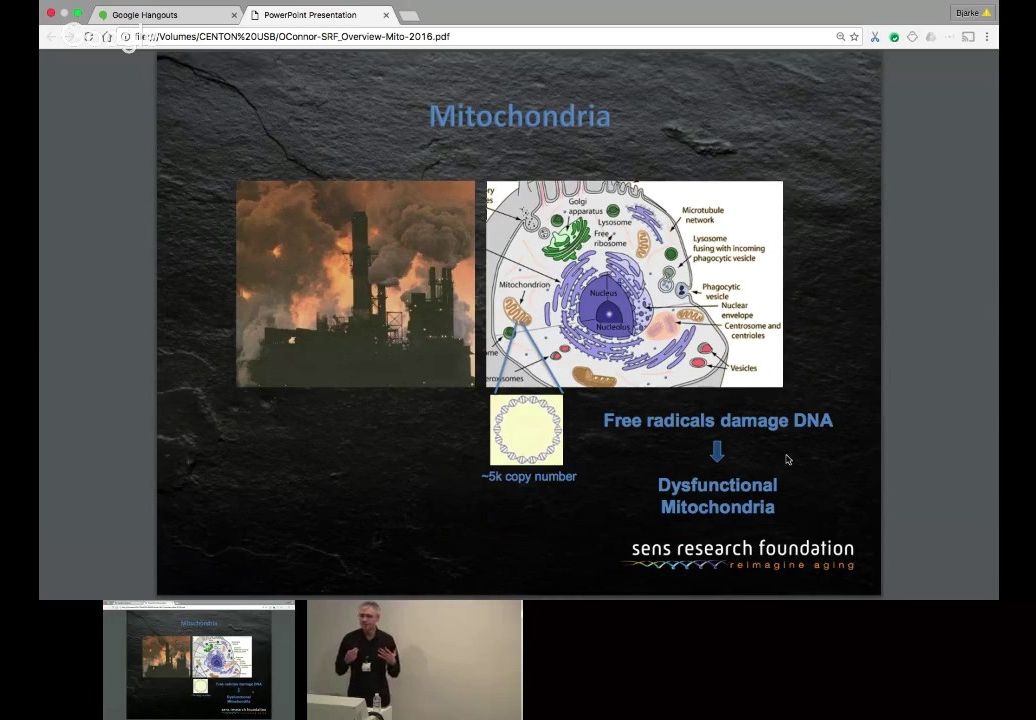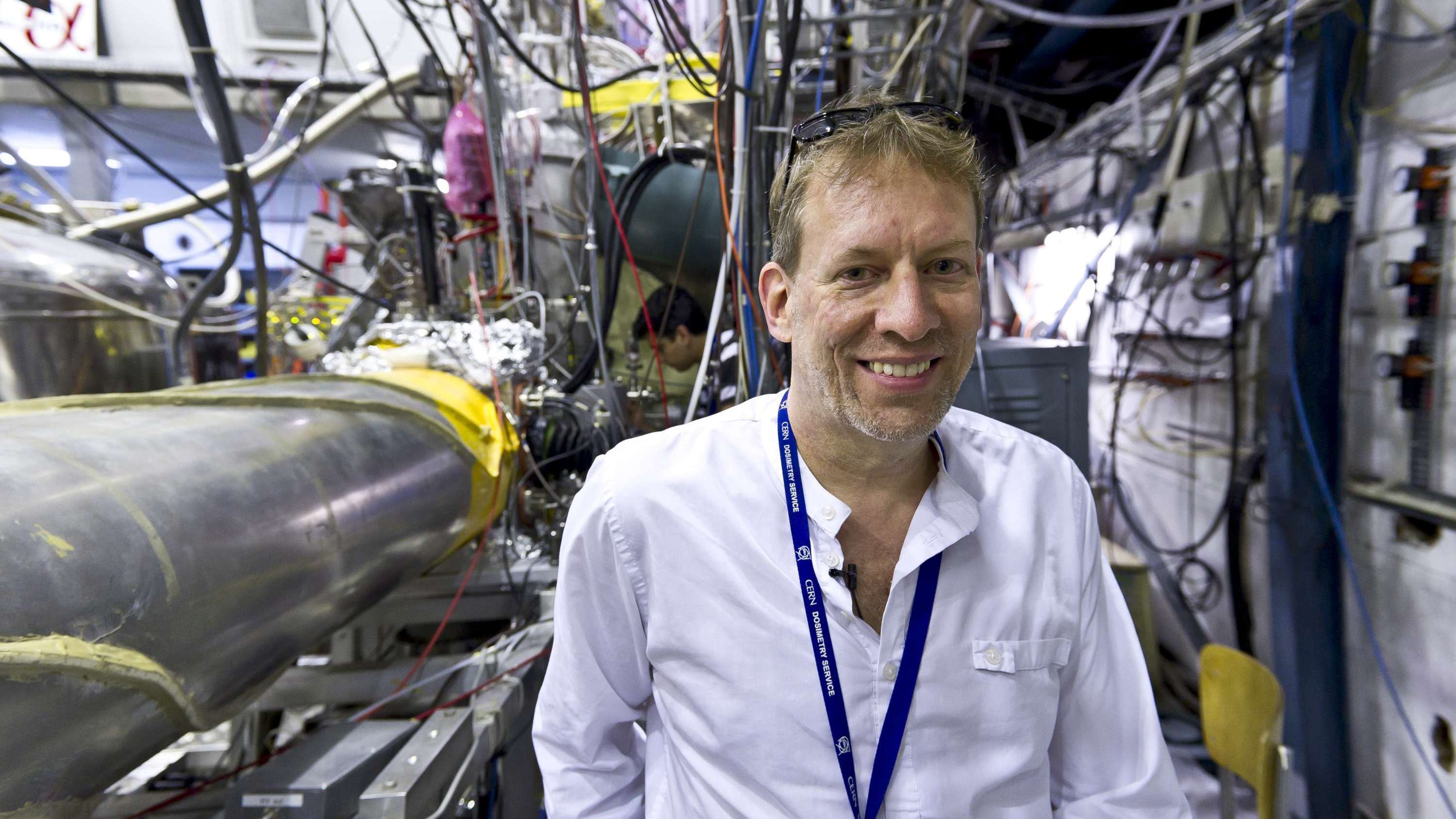Page 10383
Dec 20, 2016
Immune Restoration Results from Placing a Young Thymus into an Aged Mouse
Posted by Steve Hill in categories: biotech/medical, life extension
Decline of the immune system is one of the areas SENS are working on, with just over a week left for the Winter Fundraiser and Triple donation match now is the time to support their work!
Immunosenescence is a key process in aging and rejuvention or replacement of the thymus which gradually wastes away as we age exposing us to pathogens is an important step in dealing with age-related diseases. SENS is working on these problems so if you want to see solutions please consider donating to our Winter Fundraiser today on the link below:
Continue reading “Immune Restoration Results from Placing a Young Thymus into an Aged Mouse” »
Dec 20, 2016
Light therapy effectively treats early prostate cancer
Posted by Steve Hill in category: biotech/medical
Light therapy kills cancer in new no surgery, no chemo approach.
A new non-surgical treatment for low-risk prostate cancer can effectively kill cancer cells while preserving healthy tissue, reports a new UCL-led phase III clinical trial in 413 patients. The trial was funded by STEBA Biotech which holds the commercial license for the treatment.
The new treatment, ‘vascular-targeted photodynamic therapy’ (VTP), involves injecting a light-sensitive drug into the bloodstream and then activating it with a laser to destroy tumour tissue in the prostate. The research, published in The Lancet Oncology, found that around half (49%) of patients treated with VTP went into complete remission compared with 13.5% in the control group.
Continue reading “Light therapy effectively treats early prostate cancer” »
Dec 20, 2016
CRISPR gene editing human trials in China and US offer hope for countless lives
Posted by Steve Hill in categories: bioengineering, biotech/medical, genetics
The biotech battle between China and the US has begun as we predicated when we announced the first CRISPR deployment in humans last month. The US has upped the ante and is taking a step further in the race for the biotech crown. All great news for us as the more competition the faster progress will move so let’s hope there is a fierce battle for biotech coming.
In 2015, a little girl called Layla was treated with gene-edited immune cells that eliminated all signs of the leukemia that was killing her. Layla’s treatment was a one-off, but by the end of 2017, the technique could have saved dozens of lives.
It took many years to develop the gene-editing tool that saved Layla, but thanks to a revolutionary method known as CRISPR, this can now be done in just weeks.
Continue reading “CRISPR gene editing human trials in China and US offer hope for countless lives” »
Dec 20, 2016
Presenting Mitochondrial Rejuvenation at a Google Tech Talk
Posted by Steve Hill in categories: biotech/medical, life extension
Google Tech Talk with the SENS Research Foundation!
Commentary about our recent Google Tech Talk about the MitoSENS project from FightAging!
“As the clock ticks on this year’s SENS rejuvenation research fundraiser — less than two weeks to go now, and plenty left in the matching fund for new donations — it is good to be reminded of the progress that the SENS Research Foundation has accomplished with the charitable funding of recent years. With that in mind, today I’ll point you to a recent Google Tech Talk that provides a layperson’s introduction to one of the projects that our community has funded, fixing the problem of mitochondrial damage in aging. The point of the SENS (Strategies for Engineered Negligible Senescence) research programs is to accelerate progress towards specific forms of therapy that can bring aging under medical control.”
Continue reading “Presenting Mitochondrial Rejuvenation at a Google Tech Talk” »
Dec 19, 2016
Scientists Blast Antimatter Atoms With A Laser For The First Time
Posted by Dan Kummer in category: particle physics
In a technological tour de force, scientists have developed a new way to probe antimatter.
For the first time, researchers were able to zap antimatter atoms with a laser, then precisely measure the light let off by these strange anti-atoms. By comparing the light from anti-atoms with the light from regular atoms, they hope to answer one of the big mysteries of our universe: Why, in the early universe, did antimatter lose out to regular old matter?
“This represents a historic point in the decades-long efforts to create antimatter and compare its properties to those of matter,” says Alan Kostelecky, a theoretical physicist at Indiana University.
Continue reading “Scientists Blast Antimatter Atoms With A Laser For The First Time” »
Dec 19, 2016
Grail satellite analysis indicates lava tubes on the moon could be up to 1000 to 5000 meters wide which would be ideal sites for massive moon colonies
Posted by Klaus Baldauf in category: space
Slight variations in the moon’s gravitational tug have hinted that kilometers-wide caverns lurk beneath the lunar surface. Like the lava tubes of Hawaii and Iceland, these structures probably formed when underground rivers of molten rock ran dry, leaving behind a cylindrical channel. On Earth, such structures max out at around 30 meters across, but the gravitational data suggest that the moon’s tubes are vastly wider.
Other satellites had found the openings of large lunar lava tubes and caves.
- The Lunar Reconnaissance Orbiter has now imaged over 200 pits that show the signature of being skylights into subsurface voids or caverns, ranging in diameter from about 16 feet (5 meters) to more than 2,950 feet (900 m), although some of these are likely to be post-flow features rather than volcanic skylights.
Dec 19, 2016
The Transhumanist Future of Christmas
Posted by Zoltan Istvan in categories: futurism, transhumanism
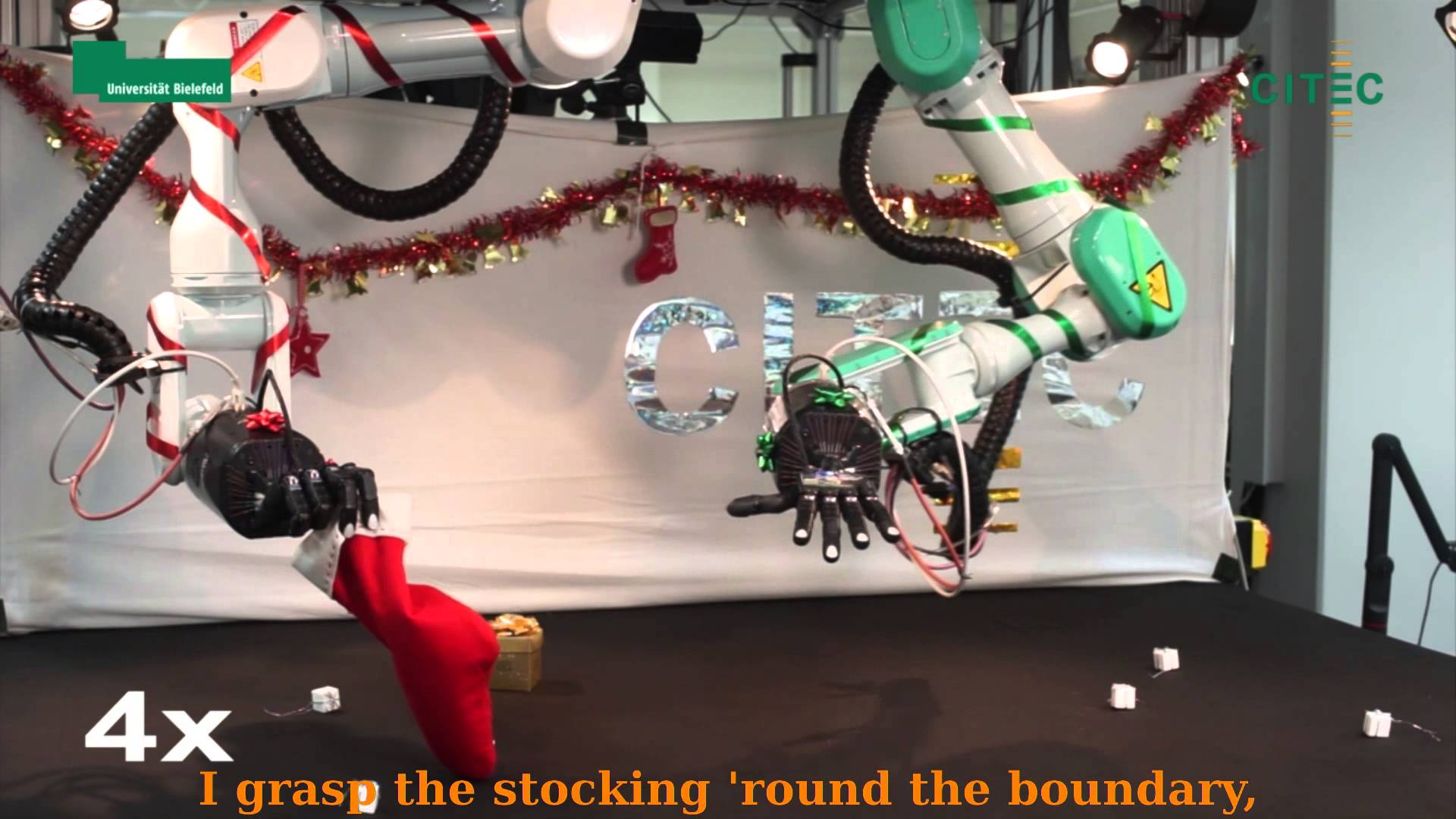
Happy Holidays! The Transhumanist Future of #Christmas! http://motherboard.vice.com/read/the-transhumanist-future-of-christmas #Future
Kids might be disappointed.
Dec 19, 2016
Cellular reprogramming turns back the aging clock in mice
Posted by Sean Brazell in categories: biological, life extension
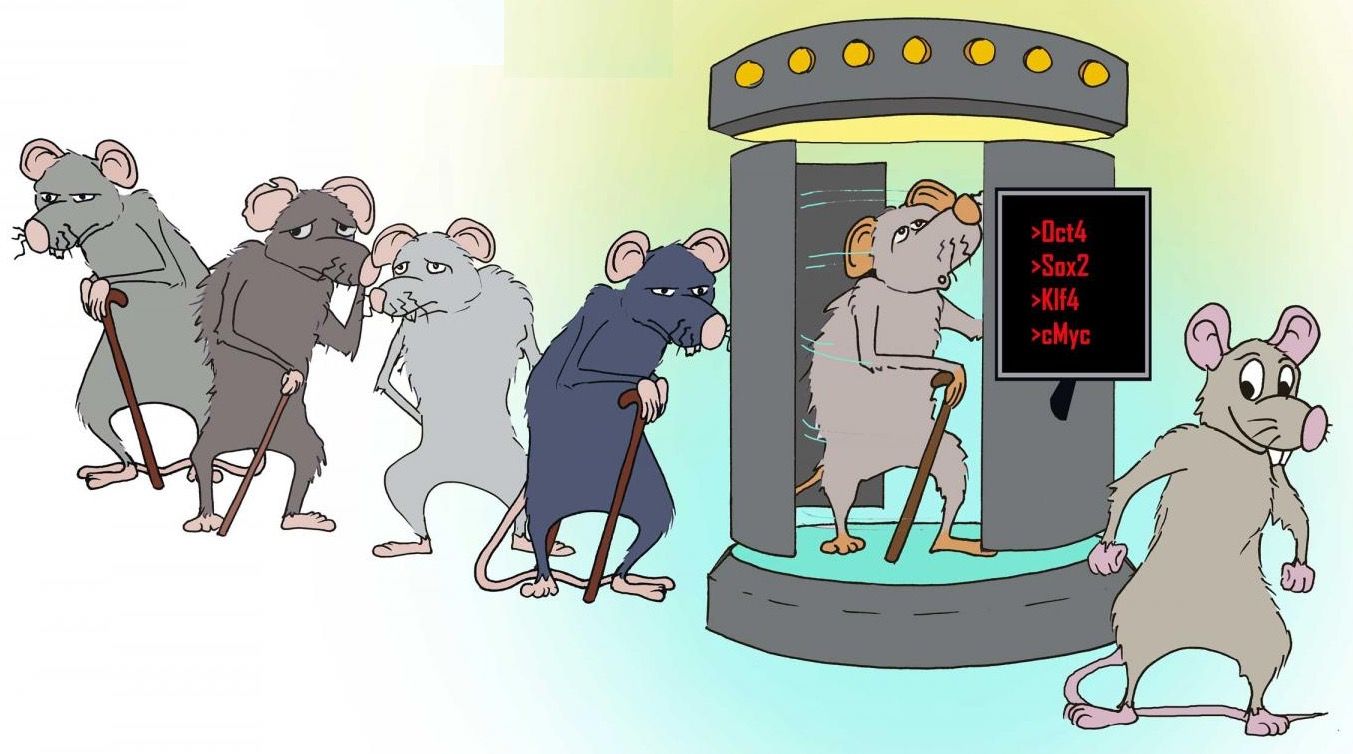

Salk Institute scientists have extended the average lifespan of live mice by 30 percent, according to a study published December 15 in Cell. They did that by rolling back the “aging clock” to younger years, using cellular reprogramming.
Continue reading “Cellular reprogramming turns back the aging clock in mice” »
Dec 19, 2016
Why Classifying Aging As A Disease Is Of Crucial Importance To Humanity
Posted by Steve Hill in categories: biotech/medical, life extension
Aging as a disease or Uber-disease is gaining traction and pressure is mounting on the WHO to include it as it fits their definition of a disease state.
Failing to classify aging as a disease is slowing progress and costing lives. We need to change the paradigm.
